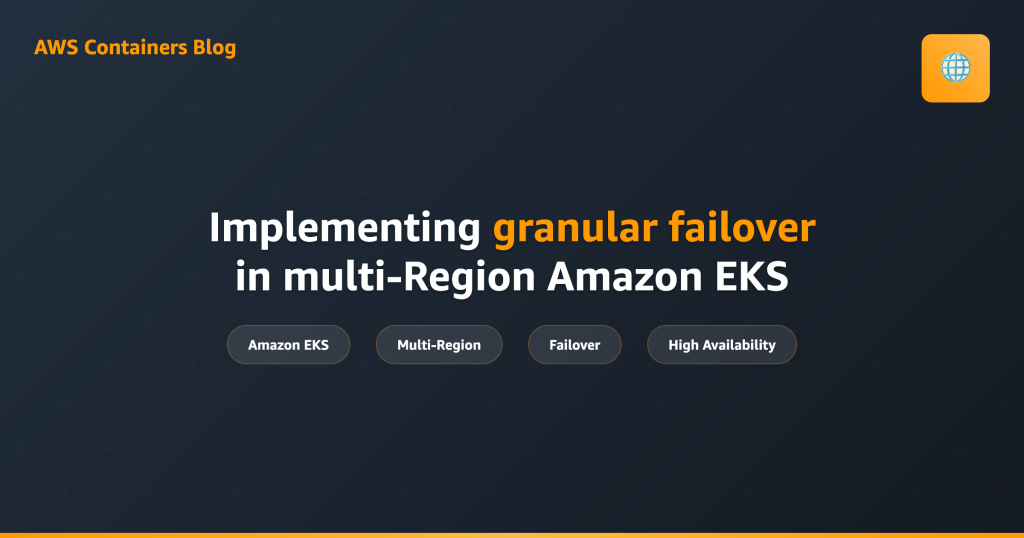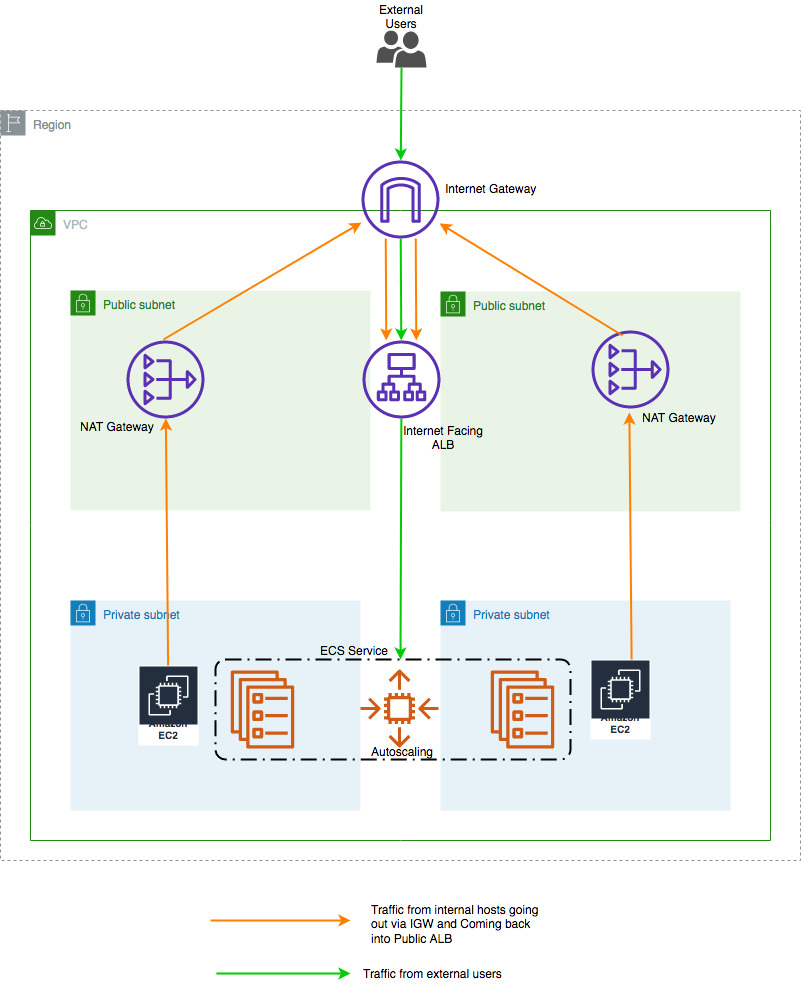Containers
Category: Amazon Route 53
Implementing granular failover in multi-Region Amazon EKS
In this post, we demonstrate how to configure Amazon Route 53 to enable unique failover behavior for each application within multi-tenant Amazon EKS environments across AWS Regions. This solution allows organizations to maintain the cost benefits of shared infrastructure while meeting diverse availability requirements by implementing application-specific health checks that provide granular control over failover scenarios.
GitOps-driven, multi-Region deployment and failover using EKS and Route 53 Application Recovery Controller
One of the key benefits of the AWS Cloud is it allows customers to go global in minutes, easily deploying an application in multiple Regions around the world with just a few clicks. This means you can provide lower latency and a better experience for your customers at minimal cost while targeting higher availability service-level […]
Blue/Green or Canary Amazon EKS clusters migration for stateless ArgoCD workloads
This blog was authored by Sébastien Allamand (Sr. Solution Architect Specialist, Containers), This blog has also been translated into Korean here. Edit: 02 Jun 2023: The sample has been updated according to the EKS Blueprint V5 Migration Edit 06 October 2023: Upgrade the blog and sample to use gitops-bridge-argocd-bootstrap integration Introduction Organizations use modern application […]
Deploying IPFS Cluster using AWS Fargate and Amazon EFS One Zone
Introduction Image source: https://ipfscluster.io/ IPFS (InterPlanetary File System) is a popular decentralized storage solution used for many use cases like decentralized applications, p2p data sharing, or immutable file systems. For more usage ideas see these examples. IPFS Cluster is another application that runs alongside IPFS and provides data orchestration across a swarm of IPFS daemons […]
Architecting for resiliency on AWS App Runner
AWS App Runner is one of the simplest ways to run your containerized web applications and APIs on AWS. App Runner abstracts away the cloud resources needed for running your web application or API, including load balancers, TLS certificates, auto-scaling, logs, metrics, tracing (such as observability), as well as the underlying compute resources. With App Runner, […]
Continuous Delivery of Amazon EKS Clusters Using AWS CDK and CDK Pipelines
This blog is no longer up to date and we recommend reviewing the Amazon EKS Blueprints for CDK Pipeline SDK module which makes it easier to create infrastructure Continuous Delivery pipelines via AWS CodePipeline. Customers are looking for ways to automate the deployment of their Amazon EKS clusters across different versions, environments, accounts, and Regions. […]
Securing EKS Ingress With Contour And Let’s Encrypt The GitOps Way
This is a guest post by Stefan Prodan of Weaveworks. In Kubernetes terminology, Ingress exposes HTTP(S) routes from outside the cluster to services running within the cluster. An Ingress can be configured to provide Kubernetes services with externally-reachable URLs while performing load balancing and SSL/TLS termination. Kubernetes comes with an Ingress resource and there are several controllers that […]
How to use Multiple load balancer Target Group Support for Amazon ECS to access internal and external service endpoint using the same DNS name
Customers running container-based applications on Amazon ECS using Amazon EC2 (commonly referred to as EC2) or AWS Fargate, frequently need to expose the application to both external clients and internal clients within the Amazon VPC (commonly referred to as VPC). In this blog post, we will look at a solution to optimize cost and reduce […]







